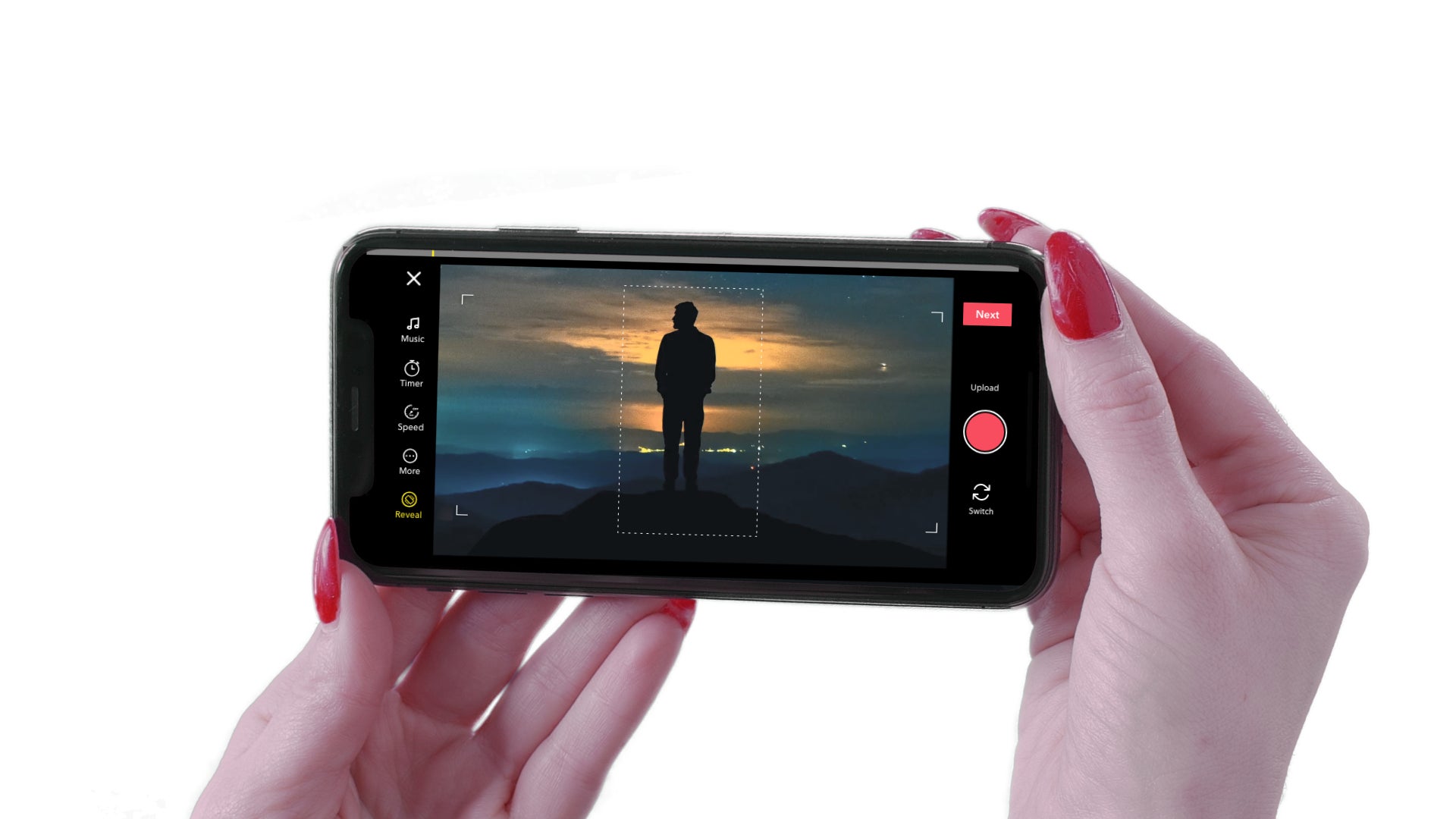Long commutes make India perfect for short video apps like TikTok
In India, commuting to work is notoriously slow. In some cities, it can take several hours to travel between home and the office, and the average Indian spends up to 7% of their life just in transit. But while most see gridlock as a nuisance, others see opportunity. Extended travel time makes daily commuters a captive audience, longing for something to do—or to watch.


In India, commuting to work is notoriously slow. In some cities, it can take several hours to travel between home and the office, and the average Indian spends up to 7% of their life just in transit. But while most see gridlock as a nuisance, others see opportunity. Extended travel time makes daily commuters a captive audience, longing for something to do—or to watch.
The video-sharing app Firework has found that Indians are ideal users. “We came to the conclusion that Indian users are actually more [amenable] to short-video than American users,” CEO Vincent Yang told Quartz, “because the best time to watch short-video is when you’re in commute.”
Whereas Americans are often cooped up in vehicles—approximately 76% drive to work alone, per US census data—many Indians use buses or trains. In Mumbai, a city of 18 million people, 20% of commuters ride the bus and 31% take the train. Public buses also account for a dominant mode of transport among commuters in Delhi (26%), Bangalore (28%), and Chennai (24%), according to a 2015 survey by the Registrar General of India. This means many Indian commuters are unoccupied for several hours a day, usually with their phones by their side.
However, entertaining yourself is a tradeoff. Using a mobile network to watch Netflix or YouTube can eat up lots of data, Yang said. And apps like Snapchat and Instagram just don’t have enough content. “You will quickly finish swiping, so then what do you do?”
“When everybody is jammed in the subway or the bus, you watch short videos,” Yang claimed. He pointed to TikTok’s origins in China (another commuting country) as a proof of concept. By comparison, in a car-dependent society like the US, he added, it makes sense that podcasts have gobbled up the media landscape.
It’s easy to see how short videos could fit into the average commute. If you have to switch between buses and trains, you hardly want to be engrossed in a feature-length film, subject to interruptions at each junction. You can’t really settle down. And Yang’s right—there’s a limited supply of Snap stories at your disposal. Short-video, though, could hit a happy medium.
Of course, Firework isn’t alone in this realization. TikTok, its more established rival, has already rolled out in India and it’s adding educational content as well. Both apps have also set their sights on Indonesia, home to another of the world’s inefficient transportation systems. Indeed, the more traffic the better.
Dethroning YouTube, the king of video, is still a tall task. Some 245 million Indians watch YouTube videos on their phones each month, according to the Financial Times. And India is home to the world’s most popular YouTube channel, T-Series. As the country’s largest music label and movie studio, it counts 118 million subscribers as of November. (Second place YouTuber PewDiePie has 102 million.)
Google’s video-sharing platform has another advantage: since 2016, Indians have been able to discover content in their local languages, catering to Bengali, Gujarati, Hindi, and Telugu speakers among others. Without Google’s near-infinite resources, startups could struggle to offer regionally specific and personalized products.
Competing for eyeballs isn’t going to get any easier. As more apps enter the video-sharing market and the price of data continues to fall, the next generation of social media stars will have more platforms to choose from. And, of course, so will viewers. There’s also little to stop YouTube from acquiring or creating its own short-video service. Whether TikTok, Firework, or another app seizes the market, it’s become clear that commuting is no longer dead time. It’s a multi-billion dollar market that’s worth watching. Just don’t miss your stop.